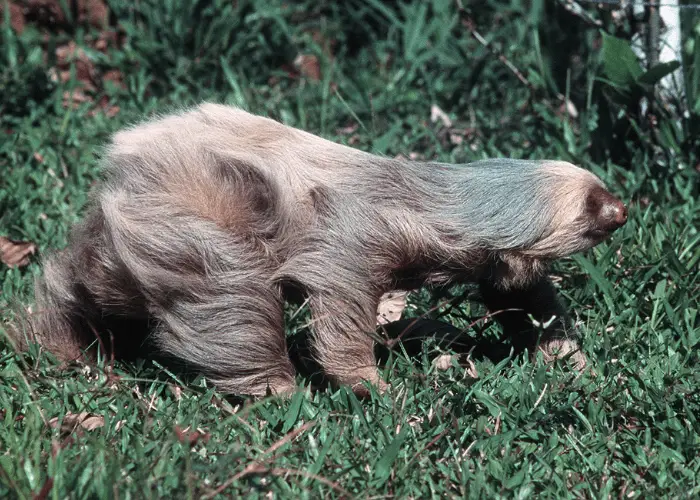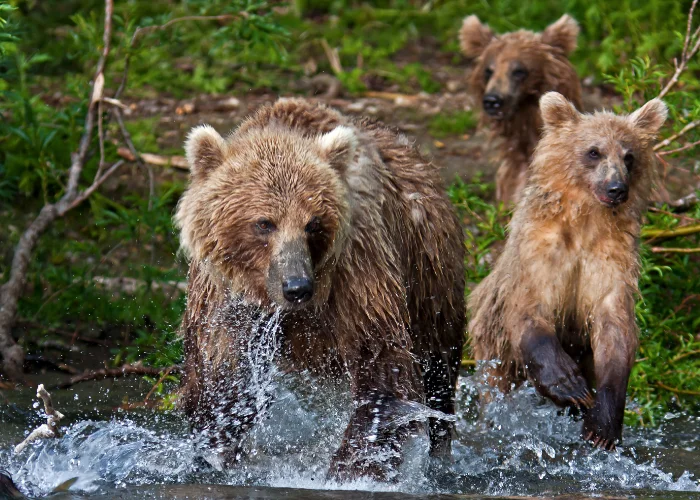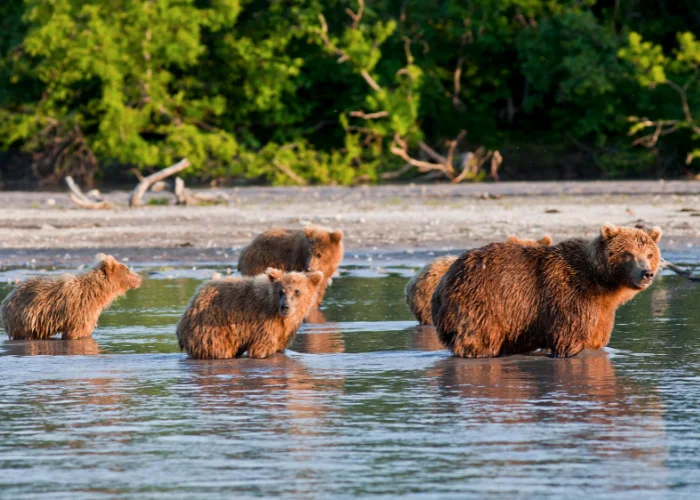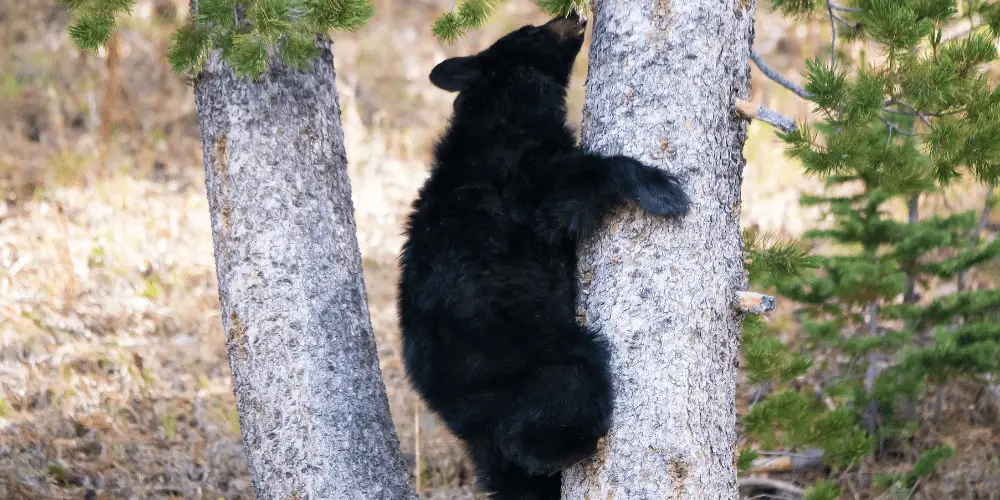Have you ever seen a pack of bears? While it’s true that packs of bears rarely form, there’s still a technical term to use when referring to one.
It seems strange that people went through the trouble to come up with one if packs of bears form so rarely, right? So, what do you call a group of bears then?
A group of bears is called either a sleuth or a sloth. These names can be used when referring to a group of bears forming a pack, which occurs only rarely. The most common instance of this you may see is a mother bear with her cubs.
But why were these names picked to describe a group of bears?
It seems strange to call a group of one animal by the name of another, right?
Well, in today’s article, we’re going to be taking a closer look at why groups of bears are referred to as sleuths or sloths, so keep reading to learn everything you need to know on this topic.
Origin of the Name

So, what reason could researchers have had in calling a group of bears by the name of sloth or sleuth?
It seems both of these names are used interchangeably, and one is not necessarily more popular to use than the other.
The names sleuth and sloth are from the adjective “slow,” even though bears are not typically considered slow animals. The word “sloth,” while referring to the animal by the same name, also means laziness.
It may have originated from the bear’s hibernation habit, appearing sluggish during hibernation season.
Another possible explanation for these names could be the behavior that bears typically exhibit when scouring for food like penguins
They have the habit of appearing like they are continually searching for something, which would make the word “sleuth” make more sense.
“Sleuth” also means detective or investigator, which fits this habit well.
When Do Bears Form Groups?

Most species of bear are extremely solitary animals, hardly ever venturing together with others of their species.
There are only a few exceptional circumstances in which bears will voluntarily group together.
One time you’ll a group of bears together is when a mother is taking care of her cubs, as we pointed out earlier.
If you see a litter of cubs with their mother, try to steer clear, as she will become very protective of them if you get too close. She may see anything as a threat, so best not to push your luck.
Another instance in which bears will come together in a sloth or sleuth is a centralized area with plentiful food.
This could be a stream or river with plenty of spawning fish swimming in it, and this will draw a group of bears to swim together to catch fish. Bears may also come together around a large patch of berry bushes, as bears love to eat berries of all kinds.
During mating season, shortly after hibernation, bears will come together in groups to mate.
Males may follow and guard females for over a week until she is ready to mate, protecting them from other potential mates that could get in the way of the first male who found her.
A final instance when a group of bears may come together is when they are hibernating.
Typically, only a mother with her cubs will hibernate together, but other full-grown bears have been known to den in the same cave system for security and protection.
How Often Do Bears Form Groups?

A sloth or sleuth of bears only forms once in a while.
However, this does not mean that all bears avoid each other all the time. In fact, most bears live in a kind of alliance together.
This alliance will cover a large geographical area that the bears have claimed, and each will roam through that area alone, respecting each other’s territory and coming together when needed.
In alliances such as these, there is established a strict social hierarchy. A bear’s social standing in their alliance is determined by its size, age, and sex.
Mature, fully-grown males will typically be at the top of the hierarchy, while adolescents and cubs will be at the bottom. Females usually fall somewhere between, ranking lower than the mature males but higher than the young bears.
Different Kind Of Bears
- Polar Bear
- Grizzly Bear
- Panda Bear
- Sun Bear
- Andean Bear
- North American Black Bear
- Short-Faced Bear
- Asiatic Black Bear
- Brown Bear
- Sloth Bear
Final Thoughts

Bears are impressive creatures, many of them weighing between 250 and 500 pounds.
They are massive, lethal predators and hardy survivors, having adapted to eat other foods than meat when they need to.
Besides other animals, they love to eat fruit like berries, climb trees to find honey from beehives, and other things like nuts and roots.
Bears are typically asocial, only coming together to form groups in specific situations. When a group of bears comes together in one place, they are called either a sleuth or a sloth.
These names refer to them because of their slow, plodding nature and their habit of “sleuthing” through the forest to find food. On the other hand, a group of baby bears is called a litter.
We hope this information has answered all your questions about what to call a group of bears.
Remember to check out our other mammal articles for more interesting facts about animals!
RELATED QUESTION:
What Do You Call a Group of Baby Bears?
A pack of baby bears is called a litter, with each baby being called a cub. The only litters you will probably see are groups of siblings, often accompanied by their mother. Cubs stay with their mom for over two years to learn how to hunt, fish, and survive independently.
During this time, the mother bear will be extremely overprotective of her cubs, so you wouldn’t want to get too close if you happened across a litter in the wild. This is where the term “mother bear” comes from, used to refer to a mother who is protective of her children.
FOOD FOR THOUGHT: Are Bears Related To Dogs?



